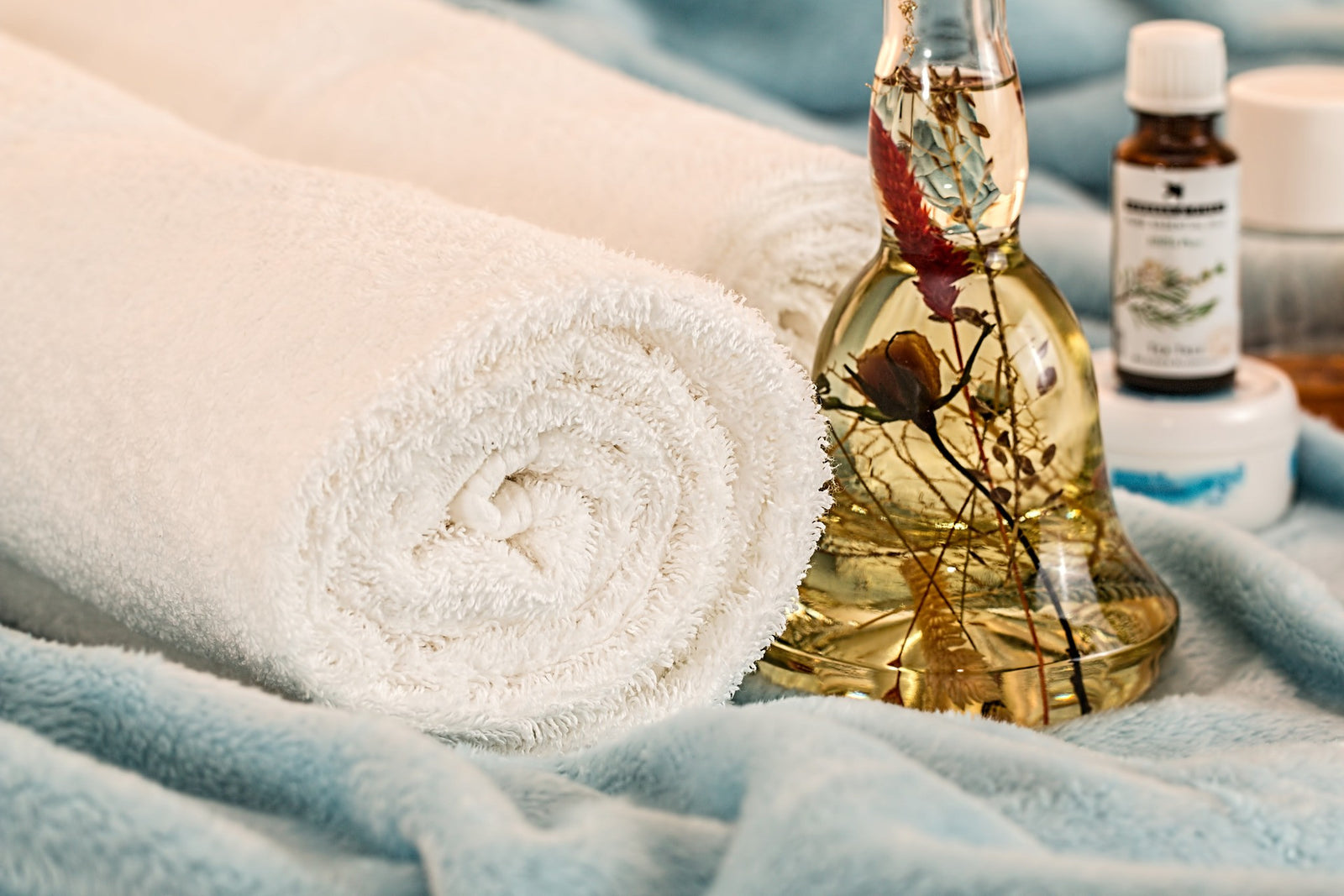Your Cart is Empty
Hold their heat. High quality. My clients love them 🙏👌
Absolutely love the massage table covers. I’ve made the mistake of purchasing others from other sources and I always return to those from Massage Warehouse.
Good price, good quality. Will order again.
Great addition to the treatments, simple to use, perfect for multiple appointments as it has two heaters, the warm oil is amazing and overall it helps me give a full mind, body and spirit experience to clients.
Fast delivery highly recommend
Great large sheet. Bed cover easy to fit.
Very soft





